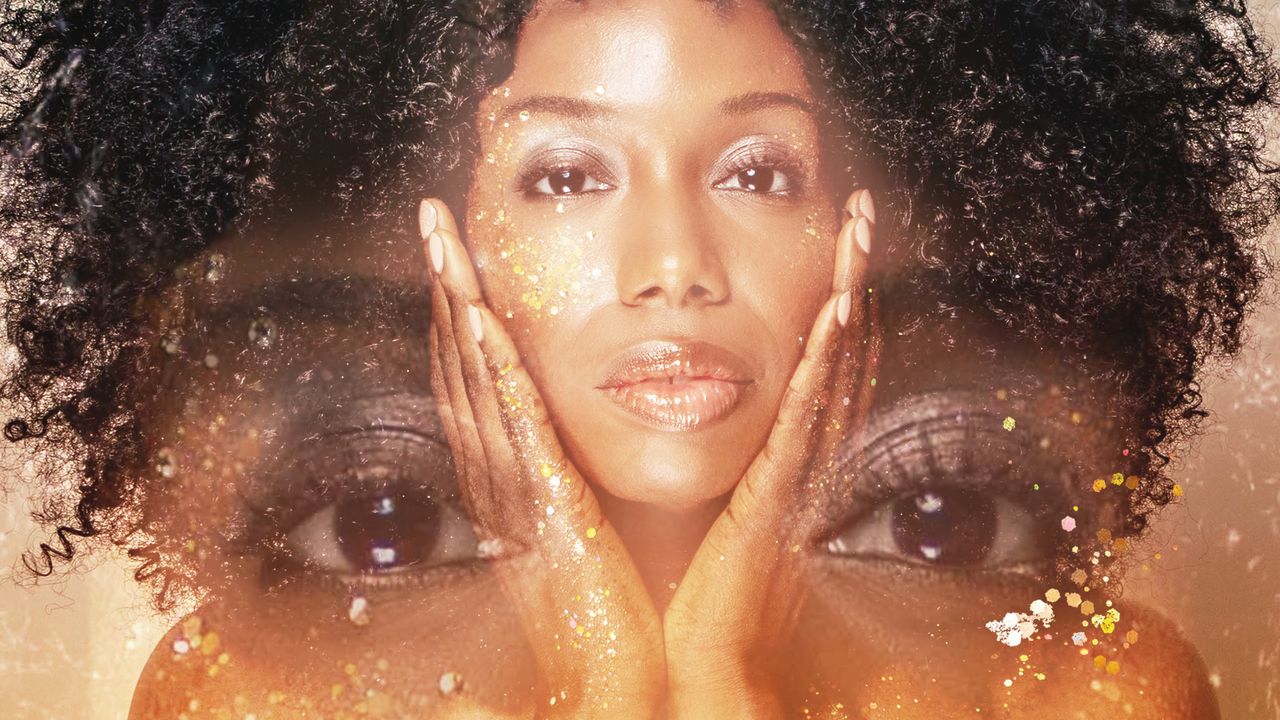Jazz harpist Brandee Younger was gadding about herself when she discovered the word “gadabout” while on tour, traveling by day and reinventing compositions at shows with bassist-producer Rashaan Carter and drummer Allan Mednard by night. Dating to the early 19th century, the word describes one who goes from place to place in search of pleasure, prioritizing adventure and childlike delight. It was this relentless pursuit of professional and artistic satisfaction that inspired her newest record, Gadabout Season, a celebratory manifesto of self-adventure that blends New Age atmospheres with spiritual jazz spunk.
To be lauded as a successor to harp legends Dorothy Ashby and Alice Coltrane, as Younger has, is no easy feat; these women pushed the instrument into new territories, reframing how the harp can function in jazz ensembles and popular music at the height of the post-Bop era. Younger’s previous albums were indebted to them, with Brand New Life, her most convincing, full of interpretations of Ashby’s compositions. While Younger’s inspirations remain undeniable on Gadabout Season—much of the album was recorded on Coltrane’s instrument—the album seeks to put some separation between the harpists and allow Younger to come fully into a compositional voice of her own. She has writing credits on every track, as if seeking to establish her legacy alongside her idols.
Despite her expanded creative control as bandleader, Younger’s ensemble takes fewer risks than on prior albums. Brand New Life was all about bringing Ashby’s work into a contemporary context: “Livin’ and Lovin’ in My Own Way” featured boom-bap drums and record scratches for a unique blend of harp-driven hip-hop; “Dust,” with Meshell Ndegeocello, threaded Black diasporic music together, letting Younger’s harp flourishes fill the space between the dubby Caribbean reggae drums and Ndegeocello’s silky voice. Even if the hip-hop aspects felt slightly dated or the genre-blending a little heavy-handed, the question of what if Dorothy Ashby made these songs today? was weighty enough to propel Younger toward new frontiers with an instrument that hardly gets enough love in popular music.
Gadabout Season feels less ambitious in comparison, more concerned with meditative circularity than forward motion. Take the title track: It begins with a tasteful vamp, Younger’s tinny plucks dancing around Carter’s thick, inquisitive bassline. What seems like a perfect conduit for exploration is hindered by a rigid structure and brief runtime, leaving little room for unfamiliar ideas or virtuosic improvisation. Even the album’s lulling melodies feel somehow rushed, as if the ensemble had hoped to use music to induce a trance state in the audience but hit a quota on track length. Though the way Younger’s meticulous trills fade and reappear throughout the mellow “Reflection Eternal” is lovely, two minutes isn’t nearly enough time to truly sink into the dreamy atmosphere.
